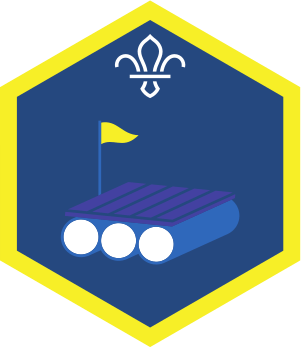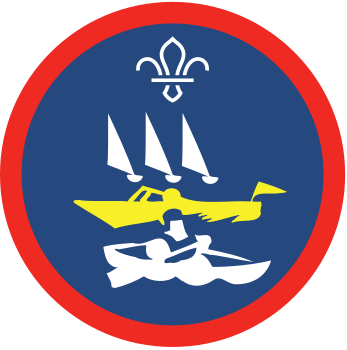
Waterskiing
What to expect
Water skiing’s quite a new adventure, as it’s only been around since the 1920s. It involves being pulled across the water while wearing a pair of skis, holding onto a long rope that’s attached to either a boat or cable.
The skis can also be swapped for a single board to stand on (wakeboarding), a board you can kneel (kneeboarding), or you can get rid of the board altogether and try barefoot waterskiing.
Waterskiing uses muscles all over your body and it’s a great way to get active and look after your body while trying something new and exciting.
What you’ll learn
Keeping your balance at speed and holding on tight are the most important skills to take from water skiing. As well as other watersports, such as kitesurfing, these are useful skills for anyone keen on downhill or cross-country skiing, and anyone working on their upper body strength.
Fun facts
The world record for the most skiers towed behind a boat was set in 2010 by Tasmania’s Horsehead Ski Resort. They somehow managed to get 145 skiers towed along by a single boat. That must’ve been crowded!
Handy hints
- Different disciplines. Waterskis can be swapped for a wakeboard or kneeboard, so there’s something for everyone.
- Keeping busy. If being towed by a boat, only one person can ski at a time. Try booking this adventure alongside other activities to keep everyone busy.
Safety
You must always:
- Complete a risk assessment
- Have the right ratios of number of adults to provide suitable supervision
- Set up an InTouch process
- Know what to do in an emergency
- Share information with parents and carers with an activity information form
- Get approval from your Lead Volunteer.
Be safe outdoors:
- Check the weather forecast
Be safe in water:
Everyone should be able to swim 50 m wearing the clothing or equipment for the activity. Non-swimmers will need additional support.
Water can be dangerous - be aware of the risks.
The category of water depends on how safe the water is. Use our waterways directory to check.
Be sure to manage the group when near water, keeping everyone safe.
Make sure that all equipment is fit for purpose and in good condition:
Everyone must wear a life jacket or buoyancy aid.
The instructor must make sure boats are seaworthy.
There are regulations you must follow if you are hiring a boat.
Joint activities with other organisations:
- This activity can be run jointly with Girlguiding.
- This activity can be run with other organisations.
This activity can be led by you or someone else in Scouts:
The activity leader must have an adventurous activities permit with the right level and permissions for your group.
You don't need a permit for activities on Class C waters (safe, inland water less than 100 m wide).
Where the group is entirely members over the age of 18 the permit scheme does not apply, please follow the rule 9.8 adult groups.
You can go to a centre or use an activity leader who is not part of Scouting:
You must find a suitable provider who meets the following requirements:- The centre/instructor should hold one of these:
- British Water Ski - Instructor
- Adventure Mark - centre
The provider must have public liability insurance.
Guidance
Reflection
Waterskiing can give a great adrenaline rush and will also help build your agility, balance and coordination. These are the three fundamental areas of movement and are important in all sports, and lots of other activities too. Can you think of how you used agility, balance and coordination while waterskiing? Can you relate these to your favourite sport as well?
Sometimes sports and activities that seem very different can help build and create skills that help support one other without you even realising it.
- Waterskiing can often be adapted so more people can give it a go. Many outdoor centres have facilities that cater for people with additional needs and experienced instructors to help everyone achieve their goals.
- Get in touch with your provider early to discuss any accessibility needs and make sure that they can deliver a session that’s suitable for you and your group. More information about accessible waterskiing from British Water Ski and Wakeboard can be found here.
All Scout activities should be inclusive and accessible.
If you loved waterskiing, why not take it to the next level and try kitesurfing? Or take to the skies for something a little different, like parascending.




